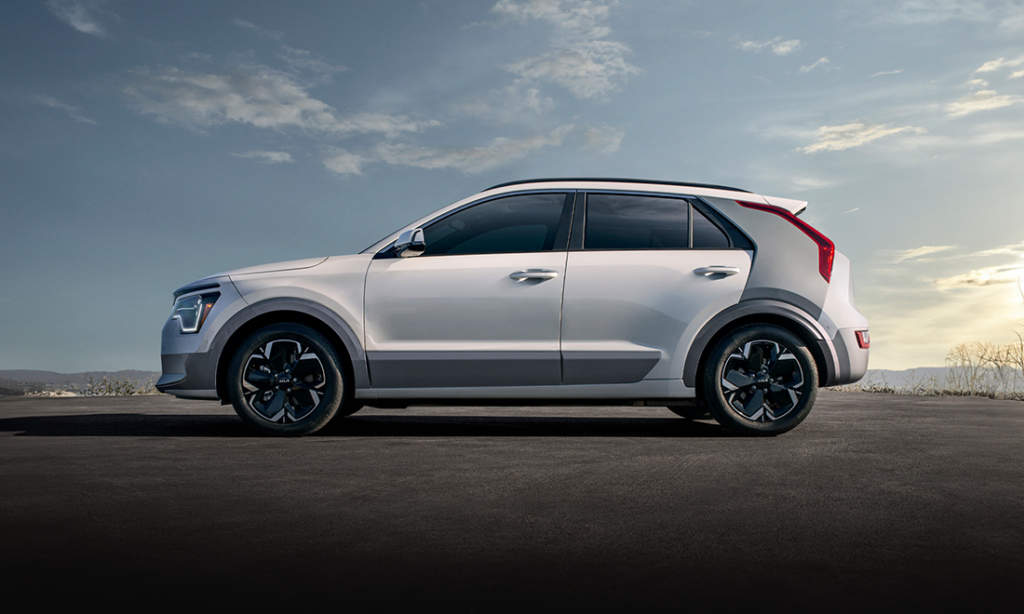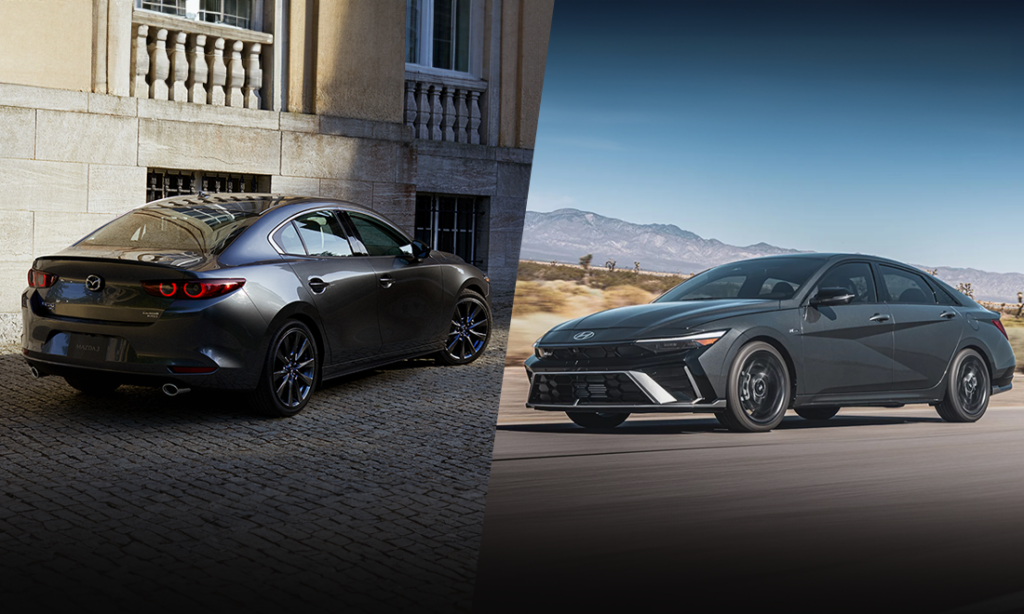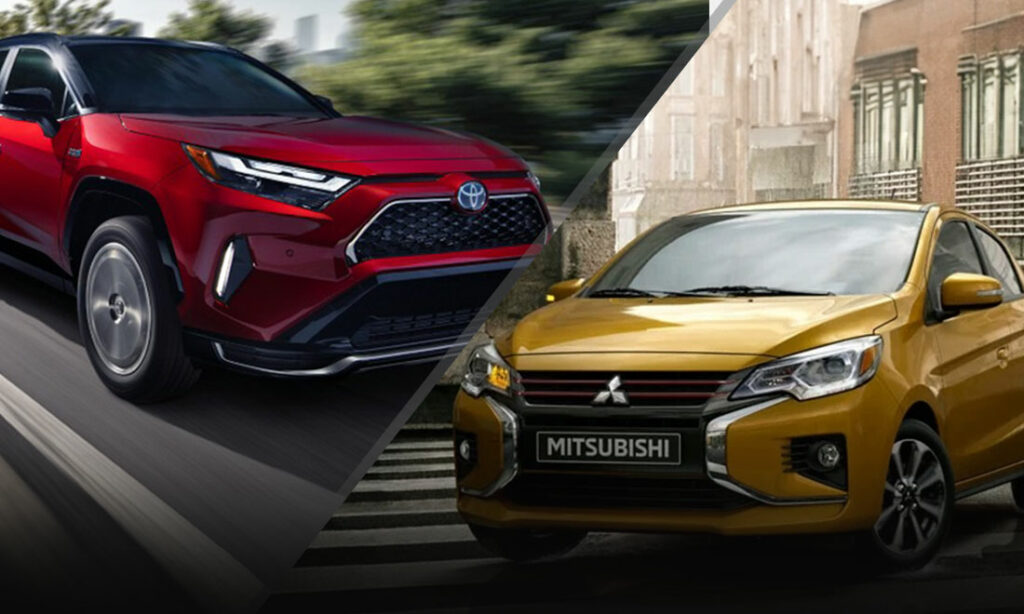Mazda RX-7 vs Mitsubishi Lancer Evo VII
The Fast And The Furious hero cars battle it out to find out which is the true winner. Mitsubishi Lancer EVO vs the FD Mazda RX-7 twin-turbo.
Pillars Of The Sportscar World
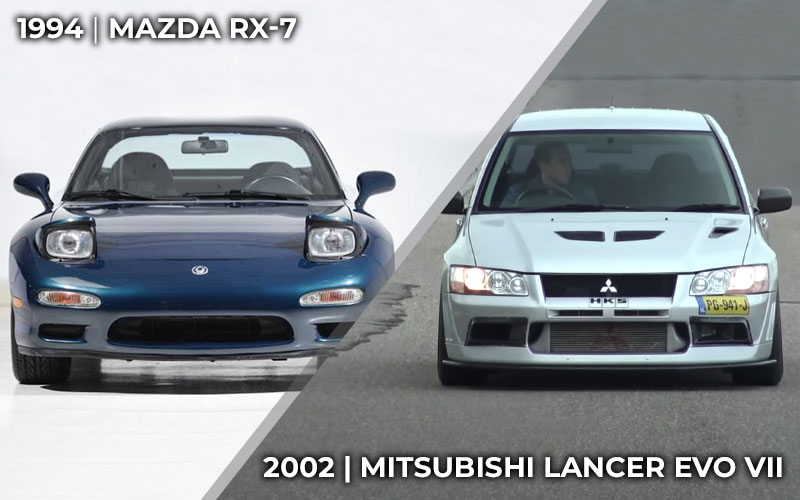
Giants. That’s what the two cars we’re comparing today are. Each one broke from tradition and captured the hearts and minds of millions of followers that continue to lust after them down to this very day. Each car features a bold design, exceptional power, and outstanding balance. The RX-7 remains the ultimate iteration of a rotary-powered sports car while the Lancer Evo VII democratized speed for the younger generation.
Ultimately, these cars inspired automotive enthusiasts. They were so popular that each was granted “Hero Car” status in the Fast & Furious movie saga multiple times. Even now, roughly 20 years since the younger was introduced, they’re considered royalty anywhere you might spot one. Today, we take a deep dive into the Mazda RX-7 and how it compared to the Mitsubishi Lancer Evo VII.
The DNA At the Heart of These Sportscars
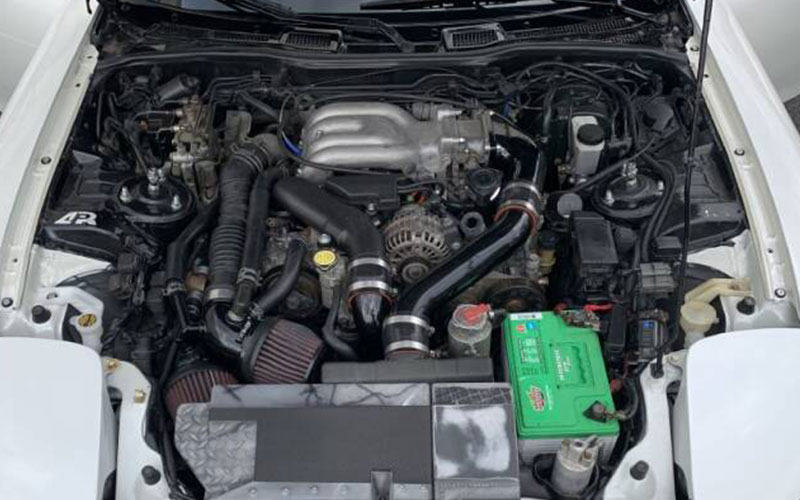
Released to the US market in 1993 and then axed in 1995, the Mazda RX-7 never made the kind of money that Mazda needed it to. Sales success aside, it was and remains a competent and charismatic car. Under the hood is a twin-turbocharged 1.3-liter Wankle Rotary engine that, according to Mazda, made somewhere in the neighborhood of 250 horsepower.
Unlike conventional twin-turbocharged systems, this was the first time a mass-produced car from Japan was sold in the USA with “sequential turbos”(a small turbo feeds the engine more air low in the power band while a larger one kicks in for more top-end power). Using this system paired with a 5-speed manual transmission allowed the RX-7 to achieve 0-60 mph times in the high 4-second range, putting it on par or better than bonafide dream cars of the day like the Dodge Viper, Acura NSX, and the Ferrari F355 Spider.
Where things get really interesting is when you throw a bend at the RX-7. First, Mazda placed the engine behind the front axle which provided a perfect 50-50 weight balance. Then they used lightweight cast aluminum parts for much of the suspension resulting in a stiff and responsive ride. Total weight was a featherlight 2,789 pounds.
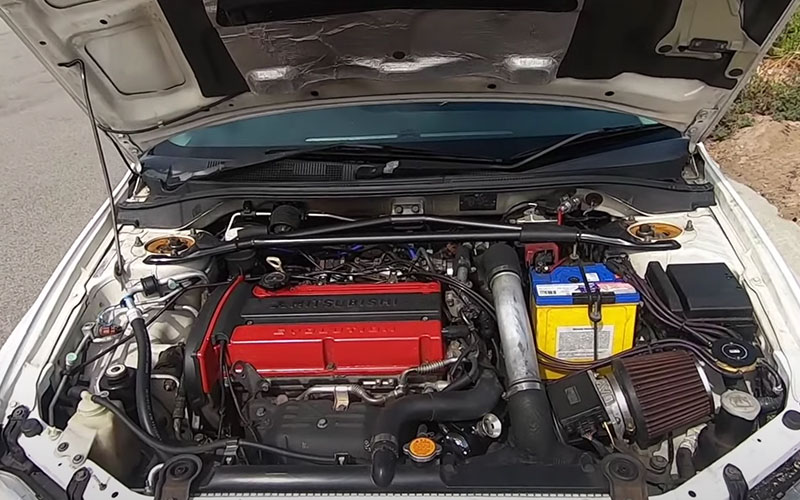
The Mitsubishi Lancer Evolution was first shipped to US shores in early 2003 with the first sales in March of that year. It had a single goal, to take on the Subaru WRX STI at its own game and beat it. To achieve that goal it followed a similar formula, use the companies wildly successful WRC racecar as inspiration and put as much of that extreme technology into a road-legal version. The result was the Lancer Evo VII.
All four wheels were driven by a 2.0-liter turbocharged 4-cylinder that made around 280 horsepower and sent it there through a 5-speed manual transmission. That turbocharger feeds 19 pounds of boost to the engine and helps this car achieve 0-60 times in the high 4-second range as well. What makes that very special is that it has two more doors than the RX-7. That added versatility was part of what allowed the Evolution variant of the Lancer to live considerably longer.
At a starting price of under $30,000, the Mitsubishi Lancer Evo VII provided a package that wasn’t as sharp or focused as the Mazda RX-7, but it was still a weapon that could embarrass much more expensive vehicles.
Driving Characteristics – Speed Turned Up To 11
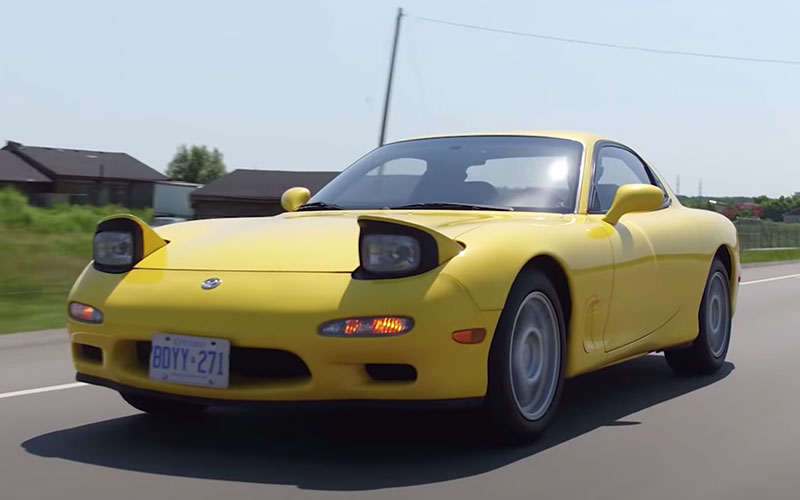
There are very few cars that drive like the RX-7. Perhaps the most memorable feature of the drivetrain is the rev-hungry engine. Oftentimes we hear about rev-happy engines and sure those are lovely because they welcome harder driving, but the Mazda RX-7 is different. It doesn’t just enjoy high revs, it requires them. Driving an RX-7 without revving it well past the 4,000 rpm mark is akin to owning a cheetah and keeping it in your backyard, it’s just cruel. Pushing the RX-7 seems to be fulfilling for both the driver and the car itself as the exhaust sings and the suspension speaks clearly about the road surface.
The incredibly low overall weight of the car makes it even more rewarding because it’s so easy to place and happy to change direction predictably. If anything about the drive is shocking, it’s how powerful this supposedly 250 horsepower car feels. Calibrating your right foot to handle just how the sequential turbos deliver power requires a deft touch and without that adjustment, it would be easy to lose control. Braking performance is also excellent with great feedback from the pedal and a sharp bite that doesn’t fade quickly. Overall, on a track, there are very few cars as rewarding and engaging at this sort of power level.
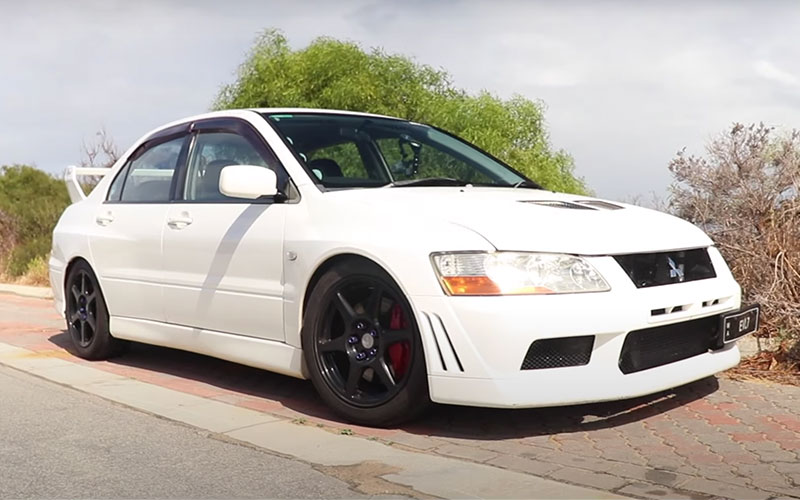
The Mitsubishi Lancer Evolution VII is a mouthful and at the limit, it can feel like you’ve bitten off more than you can chew. Its only misgiving is a bit of sponginess in the brake pedal that’s just not very confidence-inspiring as you barrel into a turn at a speed you didn’t think possible from a 4-cylinder economy sedan from Japan. That speed though is intoxicating. It’s what makes the Lancer Evo such a gem of a car.
Thanks to a slick “twin-differential” drivetrain, the Mitsubishi delivers power as good as any all-wheel-drive car short of a modern Audi with Quattro. Unlike its rival of the time, the STI, the Evo doesn’t plow hard in sharp turns. The front tires provide ample turning power regardless of the angle and the rears gnaw and claw at the ground furiously to push the car in the direction you’ve selected. Under hard acceleration out of a turn, you’d be forgiven for thinking that the car was entirely rear-wheel-drive. It’s balanced, it’s focused, and when it was released it was simply the most engaging sports sedan for the money on Earth.
Living with These Legends
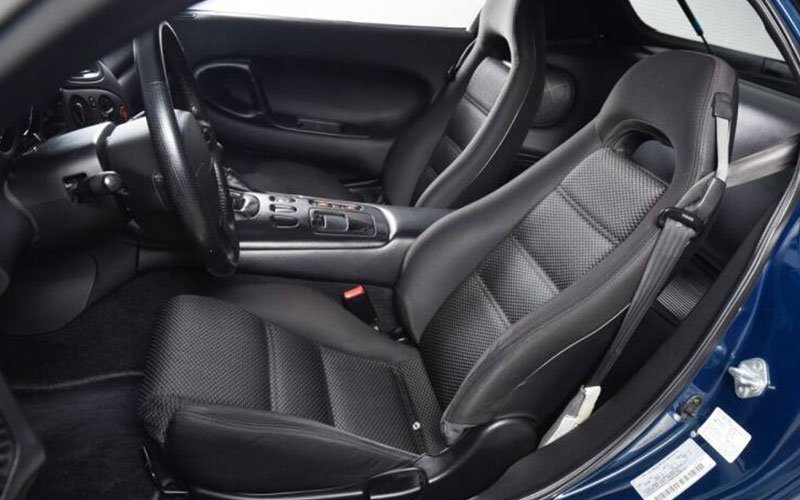
While certainly, the more driver-focused of the two, the Mazda RX-7 isn’t by any means the type of car most people would want to drive each day. That super-sharp suspension is quite jarring when the good roads run out and you’re left with broken pavement and potholes. In addition, it’s well known for getting incredibly hot in the cabin thanks mostly to a transmission tunnel that’s under-cooled. Then there’s the engine, which features perhaps the most complicated set of vacuum hoses known to man. While that wouldn’t be a problem in and of itself, these hoses are well known for failing over time.
Also inside the engine, there are the Apex seals (the key to keeping proper compression in a rotary engine) which also fail regularly, requiring what amounts to a full engine rebuild. Of course, you can stave off that failure a bit by checking your oil each time you fuel up and topping it off since the engine is designed to ingest a dram or two during normal operation. Still, just look at the thing for a moment and it’s quite easy to understand how despite all the issues, the way it looks and the way it can drive when it’s well-sorted are more than worth it for some.
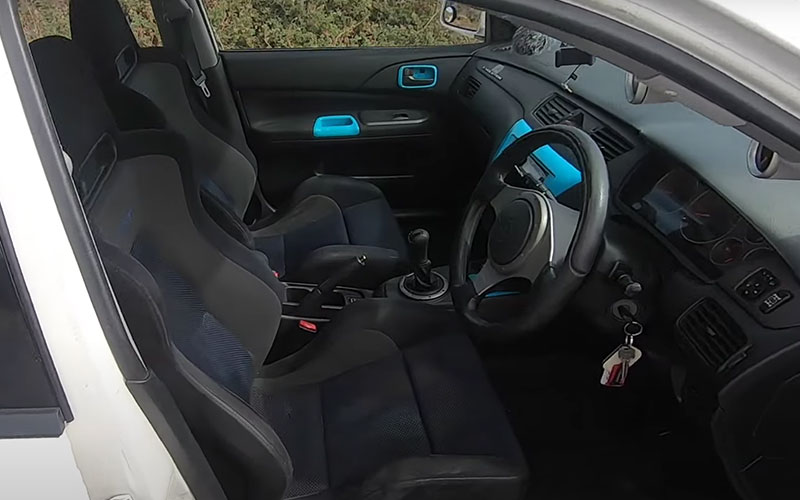
The Mitsubishi Lancer Evolution VII is a different breed. In stock form (which few are these days), it’s a highly reliable, very simple, and incredibly sporty selection. The suspension is a bit harsher than a modern car, but not unlivable by any means. The brakes feel much better in standard traffic than they do on a circuit and the steering is communicative and pleasurable.
The freedom to seat up to 4 passengers and luggage in the trunk makes it, dare we say, practical. The Subaru STI of the same time didn’t have air conditioning or a radio, the Mitsubishi has both. The engine is robust and easy to maintain, again, so long as it’s left alone. Much like the RX-7, it’s a very striking car to look at and while it won’t turn heads anywhere near as much as the Mazda, car enthusiasts will appreciate it just the same. That styling might be the perfect blend of subtle yet sporty.
Tiger Woods or Tom Brady
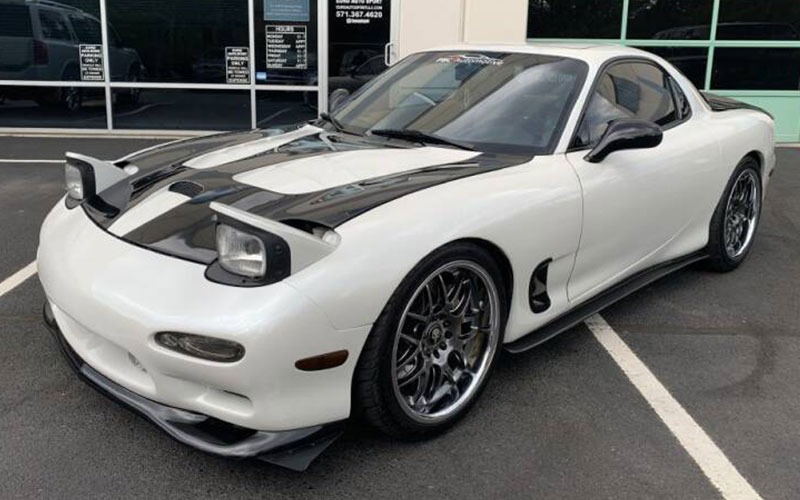
Which athlete is better? Frankly both and that’s what this comparison is like. Two incredible cars that defined what greatness at their game looked like. The Lancer Evo VII put Mitsubishi on another level here in the states. That’s just one reason it was used prominently for 2 Fast 2 Furious. Couple that star power with its power and practicality and you come away with a seriously capable, cool, and classic daily driver today.

The Mazda RX-7 though is a step above the Lancer Evo in terms of overall cool factor and performance capability. No, it’s nowhere near as practical or as reliable, but it broke the mold. It set out to prove what Mazda could do when at their best and when the RX-7 is at its best it’s nearly ethereal. When the producers of the original The Fast and the Furious set out to find a hero car, they settled on the RX-7 for Dominic Toretto because it was instantly recognizable as a step above the other available options. Today, it maintains its place on that plinth. Really, the best plan for anyone looking at these two is to buy them both and use the RX-7 on the weekends.


